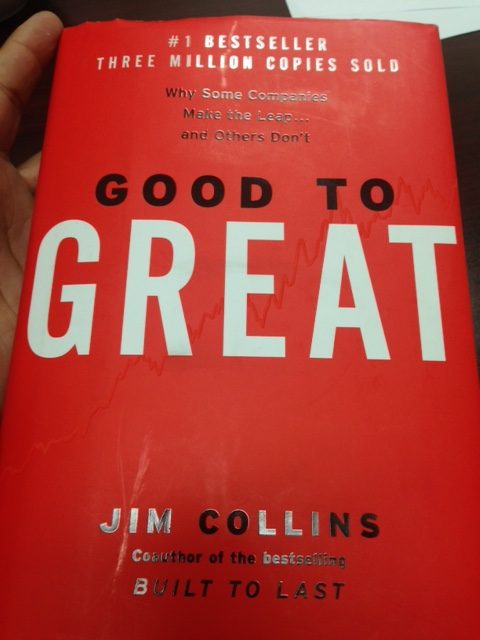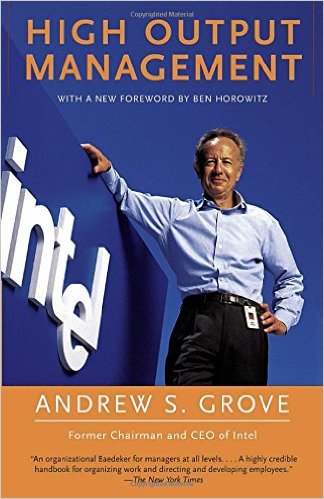Fusion by Denise Lee Yohn
The Big Idea: The best companies fuse their (external) brand with their (internal) culture into one. Culture is “the way we do things here.” Brand is “how others feel about us.” Herb Kelleher says that culture is the key competitive advantage of Southwest Airlines. Brand-culture fusion improves employee retention, improves employee motivation and productivity, differentiates…




